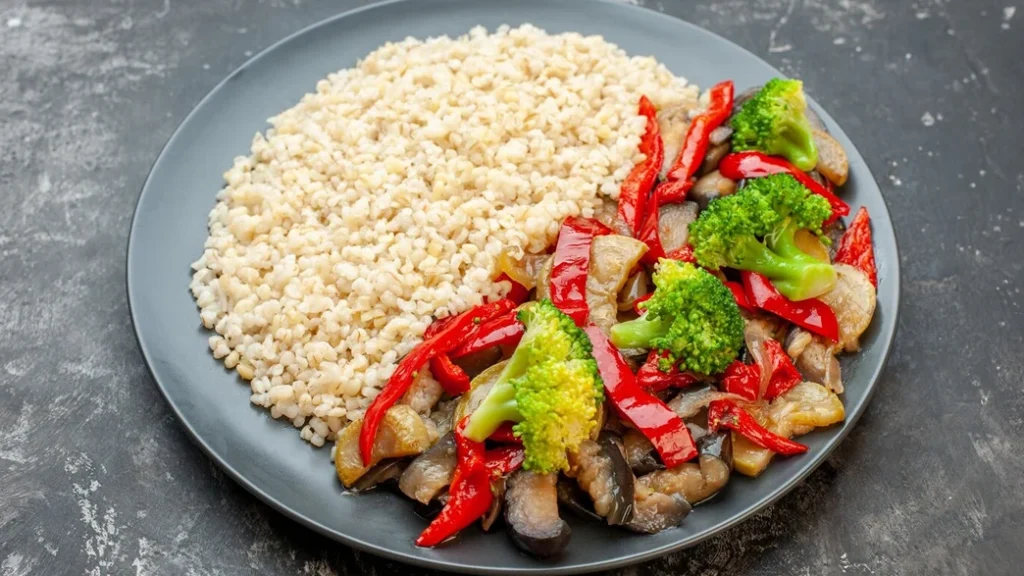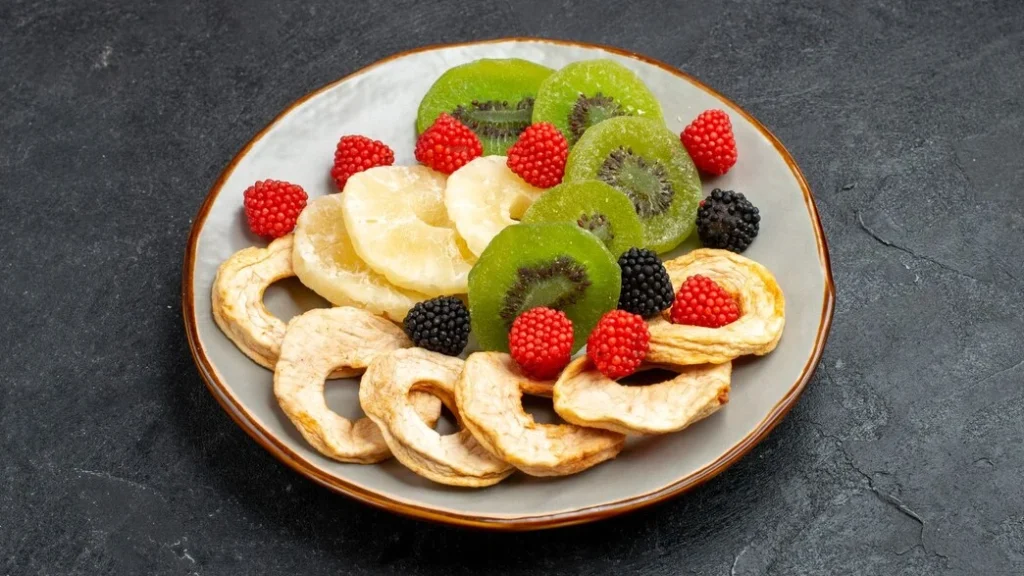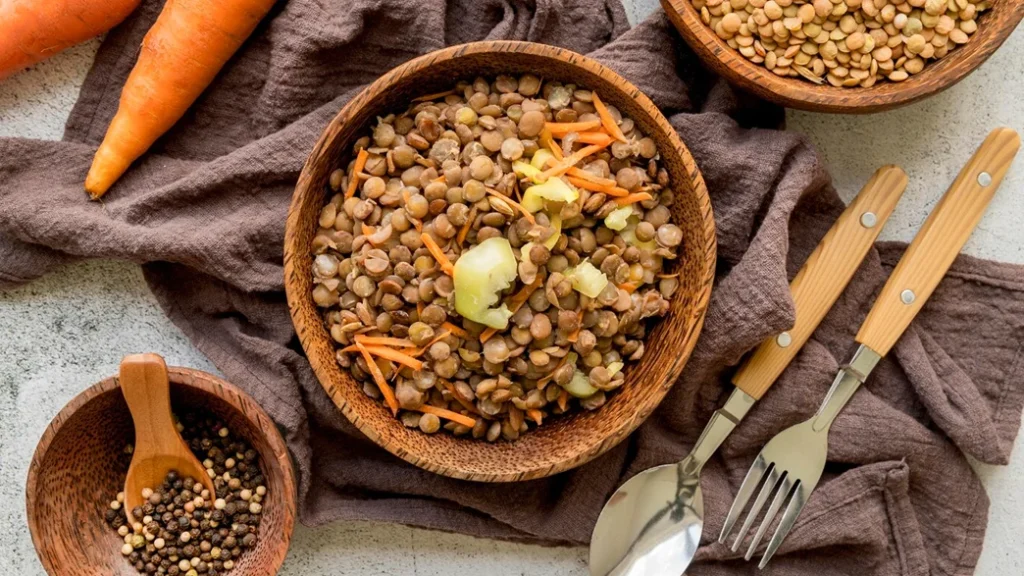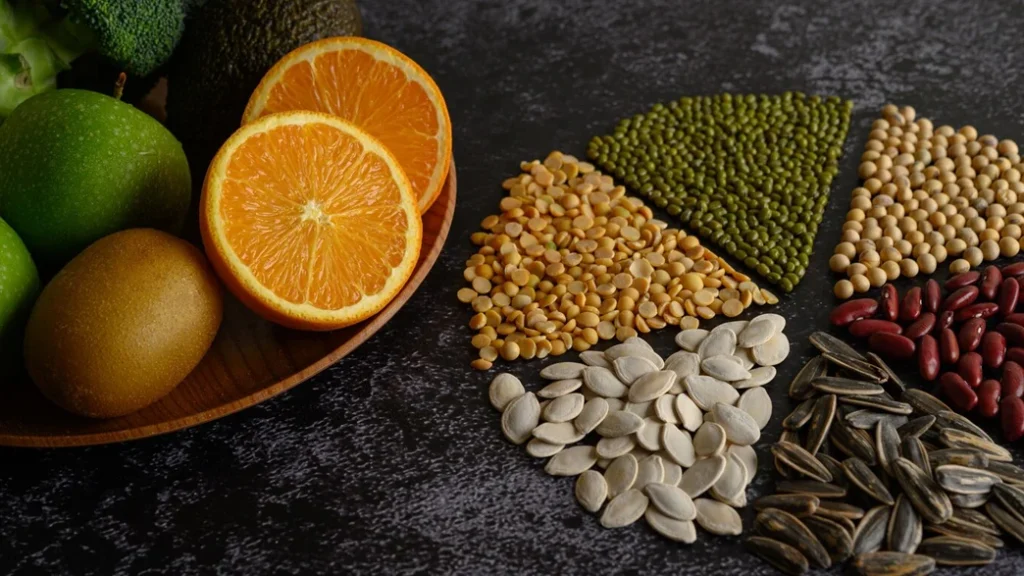Fiber is an essential part of a balanced diet that supports digestion, stabilizes blood sugar, and promotes satiety. Increasing fiber intake can lead to numerous health benefits, from improved digestive health to more stable energy levels throughout the day. Adding fiber doesn’t have to be difficult—small changes to your meals can make a big difference. Here are some easy, practical ways to add more fiber to your diet for better overall wellness.

1. Start Your Day with High-Fiber Breakfast Options
Breakfast is a great opportunity to add fiber to your diet. Whole-grain cereals, oats, and fruits are rich in fiber and make for a filling and energizing meal to start your day.
- How It Works: Fiber-rich breakfast options slow digestion, which keeps you full longer and helps stabilize blood sugar.
- How to Use It: Opt for oatmeal with berries and chia seeds, or try a high-fiber cereal with added fruits.
- Why It Matters: Starting the day with fiber supports steady energy levels and reduces the likelihood of snacking on sugary foods.
Additional Tips: Sprinkle flaxseeds or chia seeds on top of your breakfast bowl for an extra fiber boost.

2. Choose Whole Grains Over Refined Carbs
Whole grains like brown rice, quinoa, and whole-grain bread contain more fiber and nutrients than their refined counterparts. Switching from white rice or pasta to whole grains is an easy way to increase fiber intake.
- How It Works: Whole grains digest more slowly than refined carbs, providing sustained energy and stabilizing blood sugar.
- How to Use It: Swap white bread for whole-grain bread, or use brown rice and quinoa as a base for meals.
- Why It Matters: Whole grains help prevent blood sugar spikes and support satiety, making it easier to manage cravings.
Additional Tips: Experiment with different grains like farro and bulgur to add variety and texture to your meals.

3. Snack on Fruits and Vegetables
Fruits and vegetables are some of the best sources of fiber. They’re packed with vitamins and antioxidants, and they provide both soluble and insoluble fiber, which benefits digestion and blood sugar balance.
- How It Works: Fiber in fruits and vegetables slows digestion and supports gut health, which is key for blood sugar stability.
- How to Use It: Keep easy-to-eat fruits like apples, berries, and carrots on hand for quick, fiber-rich snacks.
- Why It Matters: Snacking on fiber-rich produce supports energy levels and curbs cravings for sugary snacks.
Additional Tips: Pair fruits with nuts or a small amount of cheese for added protein and healthy fats, making the snack even more satisfying.

4. Incorporate Legumes into Your Meals
Legumes like beans, lentils, and chickpeas are excellent sources of fiber and protein. They’re versatile and can be added to salads, soups, or stews for a fiber boost that also adds heartiness to meals.
- How It Works: Fiber and protein in legumes help slow digestion, stabilize blood sugar, and promote fullness.
- How to Use It: Add black beans to salads, use chickpeas in soups, or make lentil stews for a high-fiber meal option.
- Why It Matters: Including legumes in your diet supports satiety, helps manage blood sugar, and provides plant-based protein.
Additional Tips: Try hummus made from chickpeas as a fiber-rich dip for vegetables or whole-grain crackers.

5. Add Fiber-Rich Toppings to Your Meals
Simple toppings like chia seeds, flaxseeds, or sliced almonds can add fiber to a variety of dishes, from salads to smoothies. These small additions can make a big difference in your daily fiber intake.
- How It Works: Seeds and nuts provide fiber, healthy fats, and additional nutrients that support blood sugar control and satiety.
- How to Use It: Sprinkle chia seeds on yogurt, add flaxseeds to smoothies, or use almonds as a salad topping.
- Why It Matters: Adding fiber-rich toppings is an easy way to increase fiber without changing the core of your meals.
Additional Tips: Store these toppings in easy-to-access containers to remind yourself to add them to meals regularly.
Consider Sugar Defender for Enhanced Blood Sugar and Digestive Support
Sugar Defender is a natural supplement formulated to help balance blood sugar levels and support digestive health. Its ingredients work well alongside a high-fiber diet, promoting stable energy and reducing cravings.
- Cinnamon: Known for its ability to regulate blood sugar, cinnamon complements a fiber-rich diet for better blood sugar control.
- Chromium: This mineral enhances insulin activity, stabilizing blood sugar levels and supporting metabolism.
- Banaba Leaf: Traditionally used for managing blood sugar, banaba leaf helps complement fiber’s effects on satiety and blood sugar balance.
Adding Sugar Defender to your wellness routine can amplify the benefits of a fiber-rich diet, supporting balanced blood sugar and overall health.
Read our full review of Sugar Defender to see how it can support your fiber and blood sugar goals.
This post is for informational purposes only and does not replace professional medical advice. Always consult a qualified healthcare provider for personalized support that meets your specific health needs.



